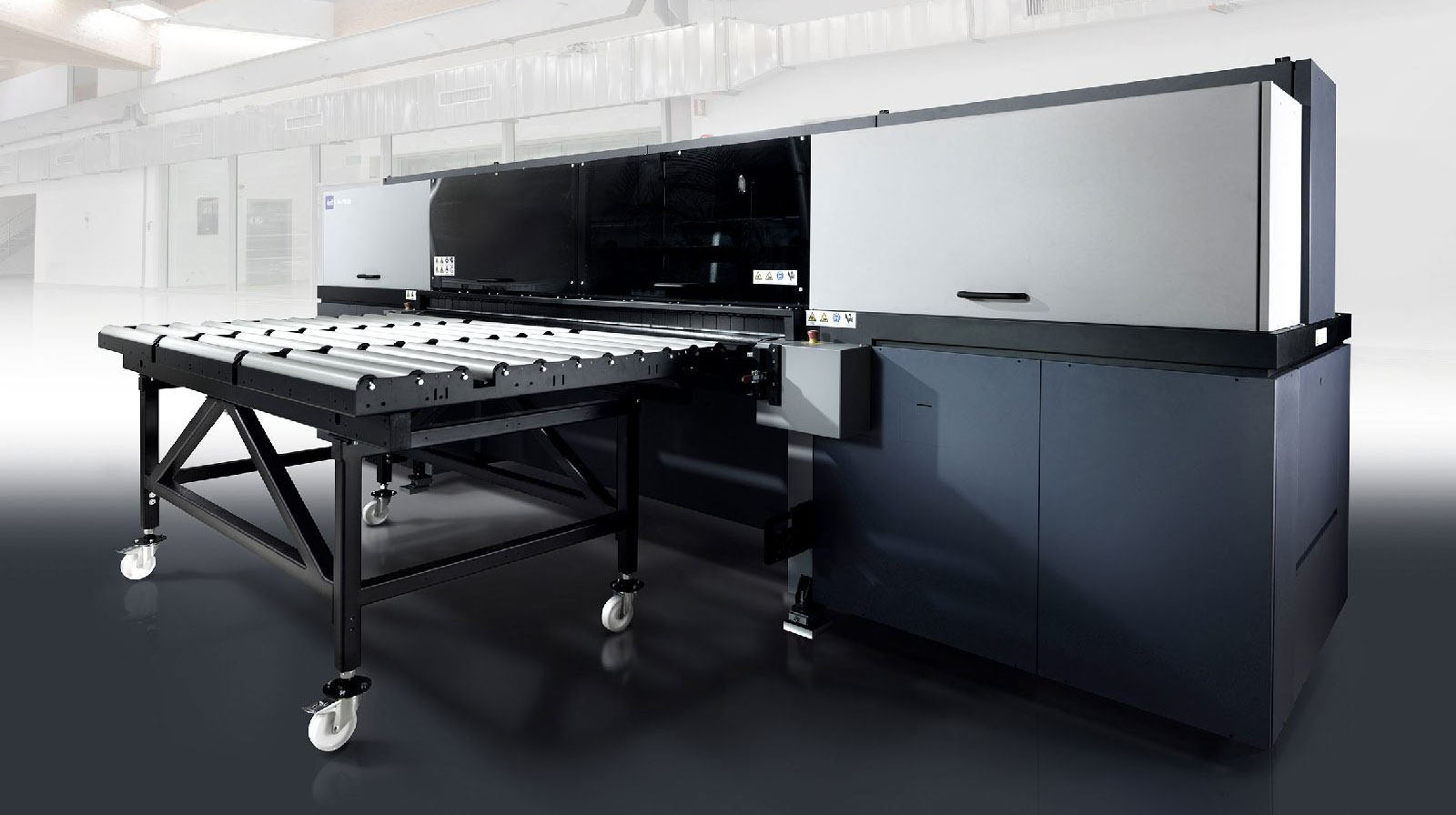In the video above (and the accompanying article) we discuss how you can increase profits by engaging a trade printer.
Increase Profits by Offering More Products to Your Existing Customers
It’s highly likely the bulk of your revenue comes from existing customers, who already buying from you. You’ve built up a relationship with them and you’re likely to be their go-to supplier. But there’s a finite amount of products and stock you can hold / offer without taking up costly space. Not to mention the compatibility of these materials with your existing equipment.
That’s where an established, large trade printer comes in handy. By engaging a print partner you can offer their range of products and services as your own to existing customers without having to outlay significant cost for new stock, products or specialised printing equipment. You win by growing your product offerings (whilst minimising spend) and they win by not having to go elsewhere.
It’s a no-risk way to add services and products without the need for more floor space, staff, equipment or administration. Under this model you can just focus on the selling; strengthening relationships with clients as you also add profit, thanks to good margins and increased offerings.
Downsizing By Removing Unprofitable Lines
Eliminate the risk and the burden of unprofitable lines by shifting the responsibility to a trade printer. It’s no secret that staff are getting harder to find in Australia, so when we they are available we need them to be utilised effectively. Plus accessing the latest technology or purchasing new equipment is taking longer than ever thanks to supply chain issues. So keeping up with the right equipment or the right setup to match our competitors, and the demands of a growing customer base, is much harder.
To overcome these challenges (particularly during the peak of COVID) we’ve seen printing companies downsizing, moving to leaner models and focusing only on profitable lines. Some have even made the decision to shift entirely from print manufacturing to print reselling or brokering.
Trade printers make this a viable long-term strategy, allowing print business owners to stress less and move to more profitable models over the last couple years.
Increase Profits by Outsourcing Large Volume Orders
If you’re manufacturing predominantly in-house it’s likely that you have entry-level equipment or assets that suit a lower volume of production. This is fine for artisanal, bespoke or custom jobs, but not beneficial if you’re expecting to grow the volume of your print runs. In this scenario the cost per square metre will be much higher when factoring in ink, stock, labour, capital for equipment and the physical space you need for it all.
Of course, you can charge more (out of necessity / perceived value) but should your quantity of orders or volume grow, you’ll be tying up production capacity on low margin orders. Never forget that time is a commodity; any time your machines are running for one job, they aren’t producing for another. You want to be utilising your own equipment for the orders that make the most profit; outsourcing to a reliable partner enables you to do this without sacrificing quality or speed on key accounts.
Using a trade printer you can produce faster, at a higher volume, without the profit-eating capital outlay.

Which Trade Printers Will Increase Profits
Each trade / wholesale printer will have different offerings when it comes to products, service and pricing.
It’s important to undertake a robust evaluation of your options – whether you’re already in a trade printing partnership or just starting to look into the option. It doesn’t take much to get the answers you need, just a decent investment of focus and time. However, the return on this investment can reap great rewards when it comes to increasing profits. We recently discussed the fundamental questions you should answer in your evaluation when looking to outsource your printing.
Match up with a quality wholesale printer and you’ll be freeing up equipment capacity, labour, time and capital whilst building up the bottom line.
If you’re interested in evaluating Mediapoint services, and joining hundreds of other high volume resellers taking advantage of trade print, sign up to our PrintIQ system today.









